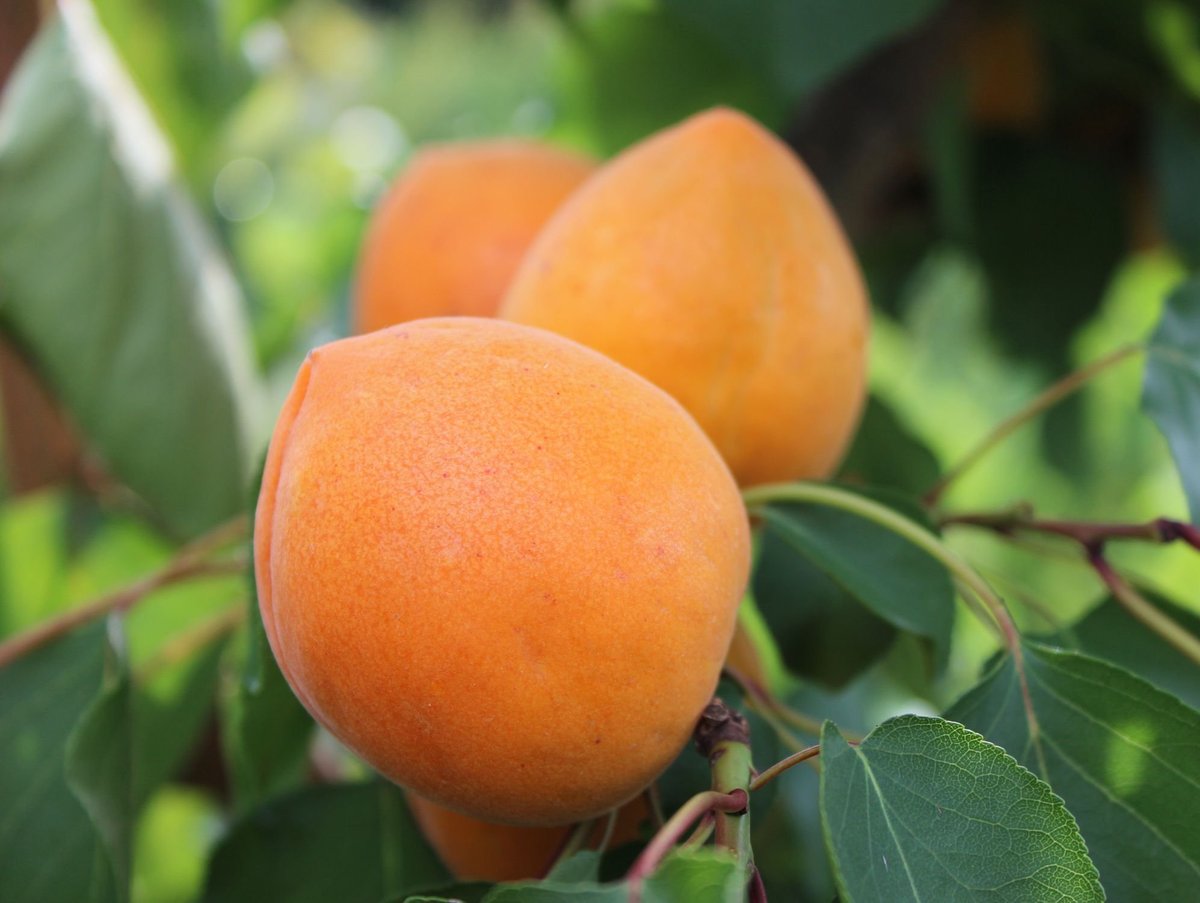
Apricot
Variety: Candide (S)
Species: Prunus armeniaca
Origin
| Breeder, Place | INRA, France |
|---|---|
| Intellectual property | CEP Innovation, France |
| Type, Selection | clone INFEL 4025 |
| Property rights | registered for EU plant variety rights |
Blossom
| Blooming date, -intensity | medium late to late flowering period, high to very high blossom density and a long blossom period |
|---|---|
| Fertility | self-fertile |
| Frost susceptibility | very low susceptibility of flower buds to winter frost |
Fruit
| Ripening time | mid-season, about 12 days after 'Orangenaprikose' |
|---|---|
| Scale, shape | medium to large, ovoid shape with a pronounced apex, clear suture, very regular half-fruits |
| Colour | intense yellow orange ground colour, up to 30 % shiny medium to dark red over colour, mainly speckled |
| Fruit flesh | intense orange, medium firm with a very good texture, very juicy |
| Taste | typical apricot flavour with low acidity |
| Cracking sensitivity | relatively robust, fully ripe fruits tends to crack at the suture |
| Stone separability | freestone |
| Storage | good |
Tree
| Vigour | medium to strong, semi-upright, very good even branching |
|---|---|
| Crop load | regular high to very high |
Evaluation
Candide (S) shows very high productivity from the beginning due to its late and prolonged blossom. This is the reason why flower bud frost damage only happens in rare cases. The self-fertility also supports the crop load. In France Candide (S) is recommended for organic growing because of its robustness.





